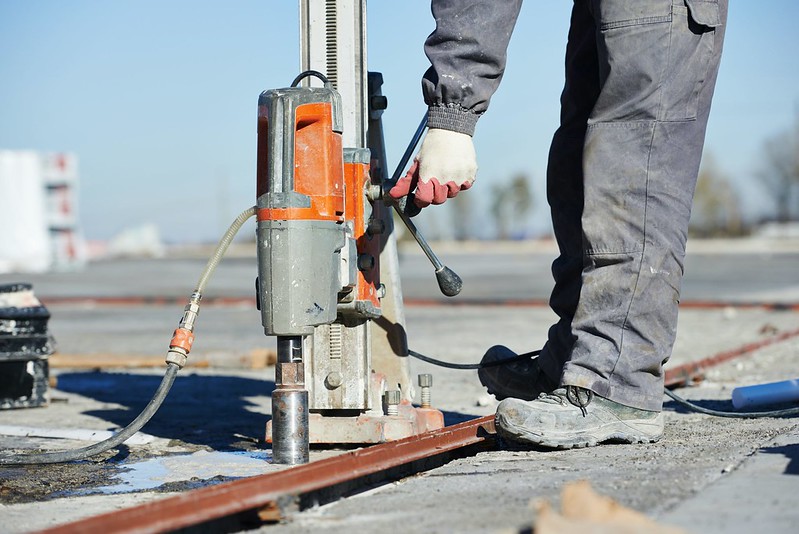
ydro vacuum excavation is a safe, environmentally friendly way to dig without risking damage to underground utilities. Unlike traditional excavators and backhoes that can accidentally expose or cause damage to pipes, cables, or other buried lines, this process uses pressurized water and industrial-grade vacuum trucks. This means less disruption to the surrounding area and a chance for restoration teams to save money on costly repairs. It also cuts costs for digging equipment and fuel.
Less Damage to Underground Utilities
Using traditional excavation methods, such as backhoes and shovels, workers risk damaging buried lines. However, when paired with tracer wire, hydro excavation can safely expose pipes and tubes without damaging them.
In addition to being safer for workers, a hydro excavation vacuum also saves time and money. While traditional digging requires extensive crew and expensive equipment, hydro excavation requires only a few crew members and can be completed much faster. This can reduce labor and equipment rental costs and save time on unnecessary repairs. Striking an underground utility line is not only costly, but it can put lives at risk. It’s important always to call before you dig. By choosing hydro excavation, you’re guaranteed to avoid these damages and protect the safety of your employees and the surrounding community. Moreover, this non-destructive digging method has become one of the best practices for construction digging.
Less Damage to Property
While traditional digging equipment haphazardly claws through the earth, hydro excavation is a non-destructive method that only exposes underground utilities and leaves them in their original position. This helps to avoid service interruptions and costly repairs. Hydro vacuum trucks use pressurized water to break up soil instead of mechanical claws. This greatly reduces the risk of damaging nearby trees and vegetation and provides a safer option for working near water lines.
Since there is less debris to backfill, your crew can complete the job quicker than traditional methods. There is also a reduced chance of damage to surrounding infrastructure, like roads, buildings and power lines, because the dirt is removed directly from the excavation site and stored in debris tanks. Hydro excavating is especially useful in frozen ground conditions and cold climates, as the equipment can be heated to cut through tough, compacted clay or permafrost. It’s also ideal for daylighting and unearthing buried utility lines, which can be damaged by hand digging or heavy machinery.
Less Damage to People
Unlike hand digging or mechanical excavation methods that use metal equipment, hydro excavation works much safer for workers in the area. Using pressurized water to break up dirt makes it easier to protect workers, reduce the chance of a trench cave-in and prevent damage to existing infrastructure. Hydro excavation’s non-destructive process also helps keep the environment safe by allowing crews to avoid digging up pipes or lines that could be a risk to people. This is especially true when working in busy, congested areas where buried facilities are more likely to be located. Hydro vacs to excavate soil is more precise than traditional digging methods, and the displaced dirt can be used later to fill the hole once the excavation is complete. This minimizes the time and money spent on restoration efforts at the site. It also reduces the number of trips that must be made to haul slurry or debris away.
Less Damage to the Environment
Vacuum excavation with a hydro-vac offers less environmental damage than traditional digging methods, such as mechanical excavation with metal claws or backhoes. The hydro vacuum truck uses highly pressurized water and an air vacuum to dig soil away without damaging existing underground utilities. Additionally, hydro vac trucks are much smaller than other heavy machinery, which reduces their environmental impact. They can dig around confined spaces where bigger equipment like backhoes and excavators cannot. In addition, this method of digging is safer for your team. The process is quicker than traditional methods, which helps to keep your project running on schedule. Moreover, it minimizes the risk of damage to underground pipes and utilities, often leading to service interruptions. This can save you money in the long run by avoiding expensive repairs and unnecessary project delays.